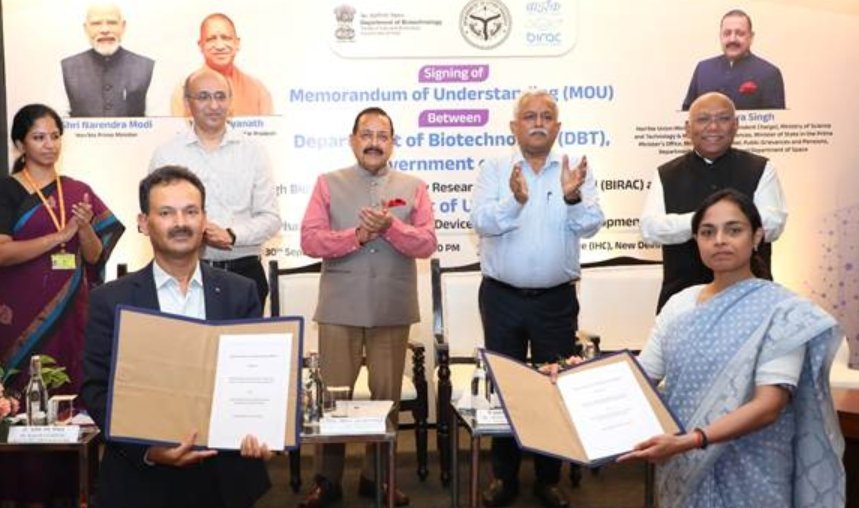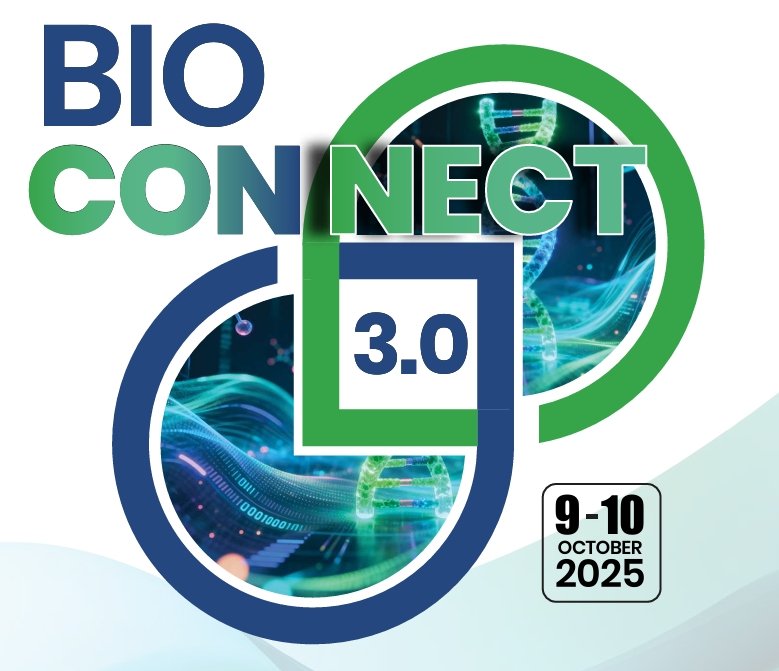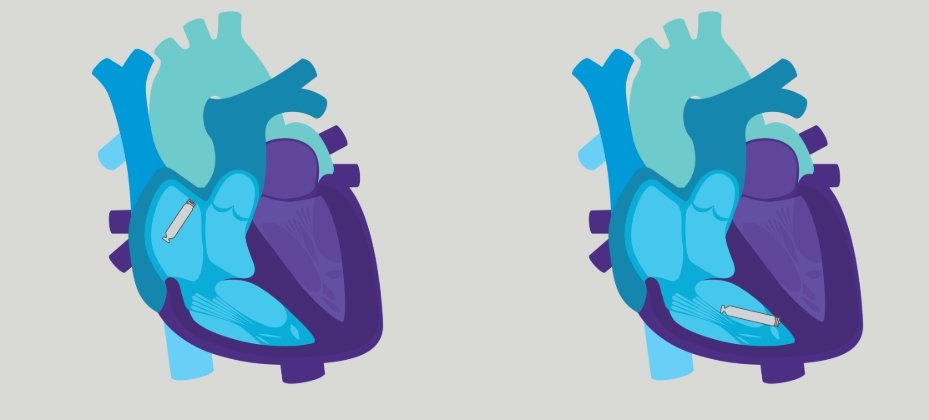Novartis announces robust Phase III results of its COPD drug
January 12, 2015 | Monday | News | By BioSpectrum Bureau
Novartis announces robust Phase III results of its COPD drug
The company has submitted regulatory applications to US FDA
Novartis has announced positive top-line results from the pivotal Phase III clinical trial programs for QVA149 (indacaterol/glycopyrronium bromide) and NVA237 (glycopyrronium bromide) to support New Drug Applications (NDAs) with the US Food and Drug Administration (US FDA) for the long-term maintenance treatment of chronic obstructive pulmonary disease (COPD). The results from the EXPEDITION (including FLIGHT 1, 2 and 3 studies) and GEM clinical trial programs met their primary and secondary endpoints.
"These data once again confirm the strong efficacy and favourable safety profiles of both QVA149 and NVA237. With submissions to the US FDA now complete for both treatments, we are closer to offering US patients with COPD a broader range of treatment options to help improve the significant burden of reduced lung function, and to help improve their lives," said Mr Vasant Narasimhan, global head of development, Novartis Pharmaceuticals.
The FLIGHT 1 and 2 studies met their primary objectives with twice-daily QVA149 demonstrating statistically significant and clinically meaningful improvements in lung function (FEV1 AUC0-12) at Week 12, compared to indacaterol and glycopyrronium bromide in moderate-to-severe COPD patients. Improvements in overall health status, a secondary endpoint based on the St George's Respiratory Questionnaire (SGRQ) total score, and rescue medication usage were also seen with QVA149 compared to placebo at Week 12. The common adverse events reported for QVA149 were comparable to the individual components and placebo across the EXPEDITION studies.
In the GEM 1 and 2 studies, twice-daily NVA237 demonstrated significant and clinically meaningful improvements in lung function (FEV1 AUC0-12h) at Week 12 in moderate-to-severe COPD patients compared to placebo; meeting its primary objective. An improvement in health status was also observed in patients at Week 12. The adverse events reported for NVA237 were comparable to placebo across the GEM studies. Data from the EXPEDITION and GEM programs are expected to be presented at major medical congresses later this year.










